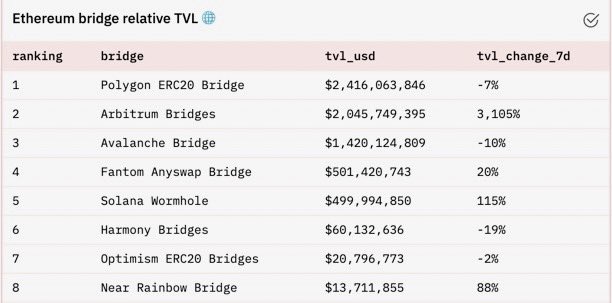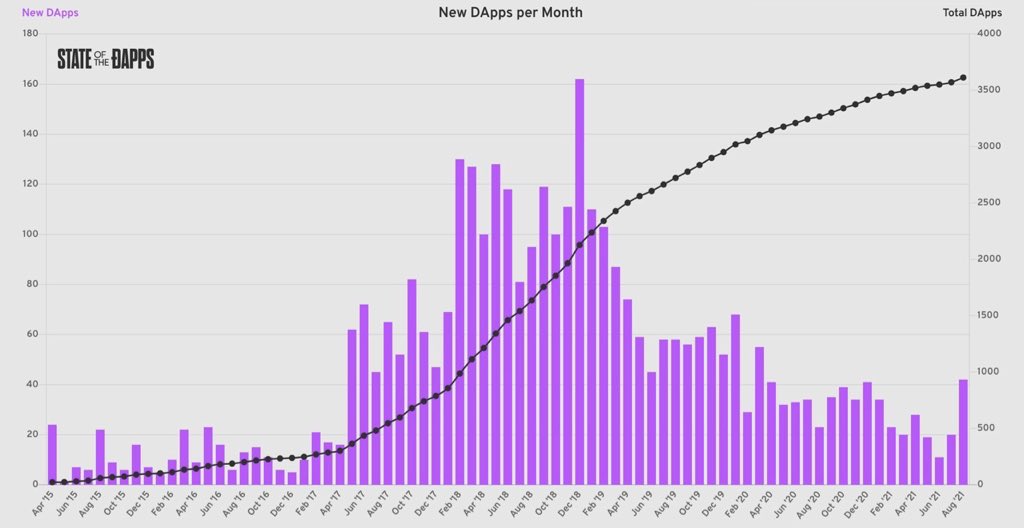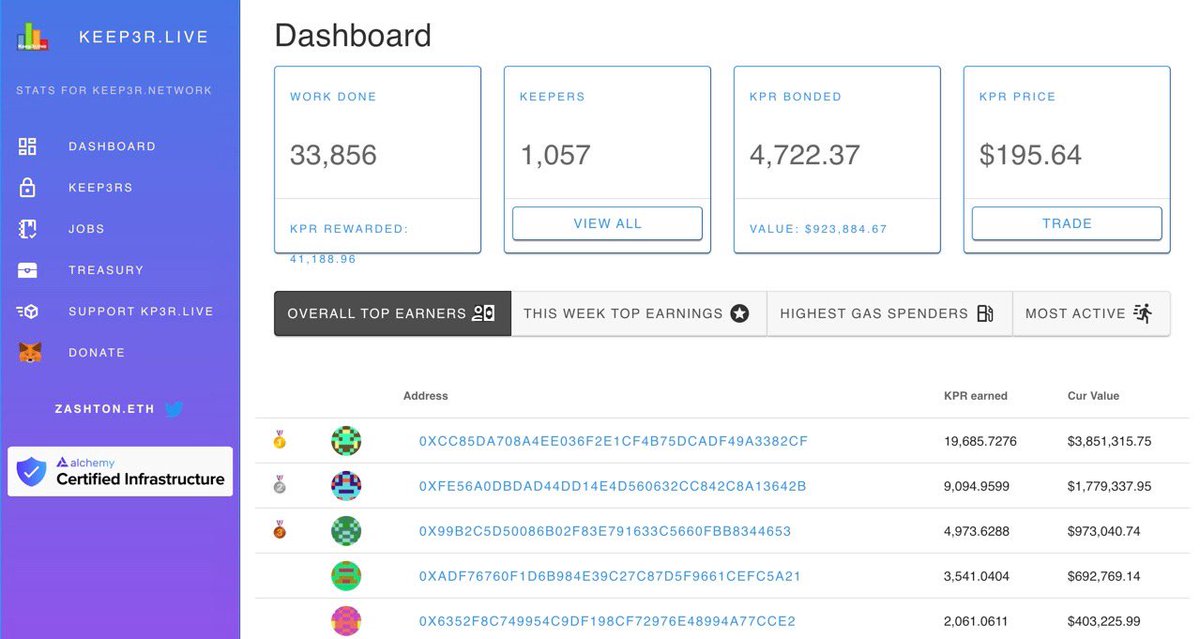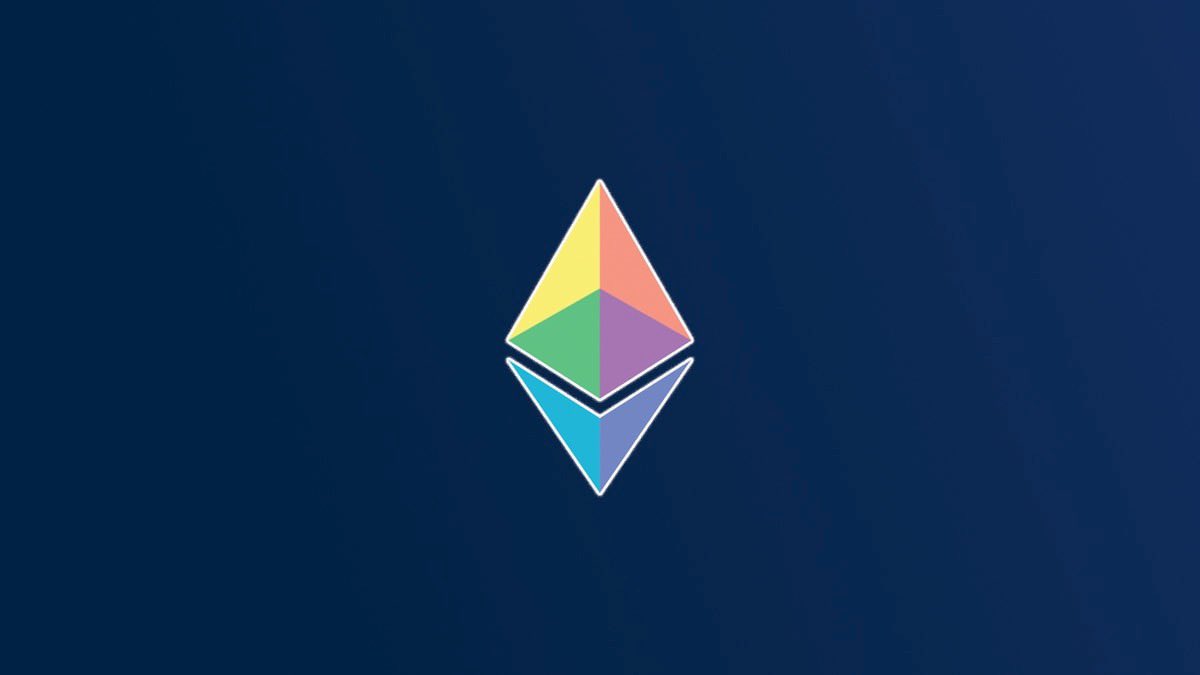
Your gas fees are high, but do you know why?
Since Arbitrum One went live this week, I found it’d be suiting to explain the importance of layer 2 scaling solutions like Arbitrum, and what exactly the issue is that they are trying to resolve
Since Arbitrum One went live this week, I found it’d be suiting to explain the importance of layer 2 scaling solutions like Arbitrum, and what exactly the issue is that they are trying to resolve
Ever since their inception, blockchain based technologies have been faced with a difficult problem known as the ‘Scalability Trilemma’.
The Scalability Trilemma states that trade offs are inevitable between three important properties: Decentralization, Security, & Scalability.
The Scalability Trilemma states that trade offs are inevitable between three important properties: Decentralization, Security, & Scalability.
In a blockchain framework, you can only have 2 of the above properties, but not all three.
To get an easier grasp of this concept, let’s take a look at #Bitcoin.
The #Bitcoin protocol chose to stay true to security & decentralization, while sacrificing scalability in return.
To get an easier grasp of this concept, let’s take a look at #Bitcoin.
The #Bitcoin protocol chose to stay true to security & decentralization, while sacrificing scalability in return.
“But why can’t it have all three?”
Unlike the client-side server relationship that dominates central network infrastructures like Visa or the Internet, public blockchains rely on decentralized consensus mechanisms.
Unlike the client-side server relationship that dominates central network infrastructures like Visa or the Internet, public blockchains rely on decentralized consensus mechanisms.
This means that consensus is crowdsourced from a wide community of nodes, rather than one single intermediary
The more nodes that join the protocol, the more secure & decentralized a network becomes
However, optimal decentralization comes with an important caveat
The more nodes that join the protocol, the more secure & decentralized a network becomes
However, optimal decentralization comes with an important caveat
Since every node in the protocol has to store & validate EACH tx in the network, a large (& growing) user base requires larger storage & computational bandwidth
If the user base becomes more than what the network can handle, the result is slower tx speeds & lower throughput.
If the user base becomes more than what the network can handle, the result is slower tx speeds & lower throughput.
A potential solution to this problem is to simply reduce the distribution of nodes either geographically, in number, or both.
However, this pivot toward centralization only leaves it less secure & more vulnerable to 51% attacks.
However, this pivot toward centralization only leaves it less secure & more vulnerable to 51% attacks.
This is seen in the case of many sidechains, which today have claimed that they have solved the issue of scalability and offer substantially higher TPS than Ethereum, but have only done so by sacrificing security & centralizing the distribution of nodes.
So how can we achieve decentralization & security, without sacrificing scalability?
It is this idea that is at the fundamental level of the Scalability Trilemma & is what lighting network + many layer 2 solutions are racing in an effort to do.
So how does Arbitrum achieve this?
It is this idea that is at the fundamental level of the Scalability Trilemma & is what lighting network + many layer 2 solutions are racing in an effort to do.
So how does Arbitrum achieve this?
Arbitrum utilizes a technique known as optimistic roll ups.
Optimistic roll ups serve as a “relayer” for messages from smart contracts to be passed between the #Ethereum main chain (Layer 1) and the Arbitrum second layer chain (Layer 2).
Optimistic roll ups serve as a “relayer” for messages from smart contracts to be passed between the #Ethereum main chain (Layer 1) and the Arbitrum second layer chain (Layer 2).
Arbitrum uses the Arbitrum Virtual Machine (AVM), which allows Ethereum-compatible smart contracts to run in an execution environment.
With the AVM, much of the complex transaction processing from the #Ethereum main chain can be off sourced to the AVM...
With the AVM, much of the complex transaction processing from the #Ethereum main chain can be off sourced to the AVM...
Which completes the computation and posts ONLY the results to the main #Ethereum chain.
Doing so massively decreases the amount of info needed to be stored on #Ethereum, & leaves all the complex computation that results in the absurd gas fees we see today to be done off chain.
Doing so massively decreases the amount of info needed to be stored on #Ethereum, & leaves all the complex computation that results in the absurd gas fees we see today to be done off chain.
Additionally, since Arbitrum uses common #Ethereum tooling & supports EVM smart contracts, the chain inherits the security & decentralization from the main #Ethereum chain, while bringing about the scalability necessary to solve the Scalability Trilemma in full.
• • •
Missing some Tweet in this thread? You can try to
force a refresh



















